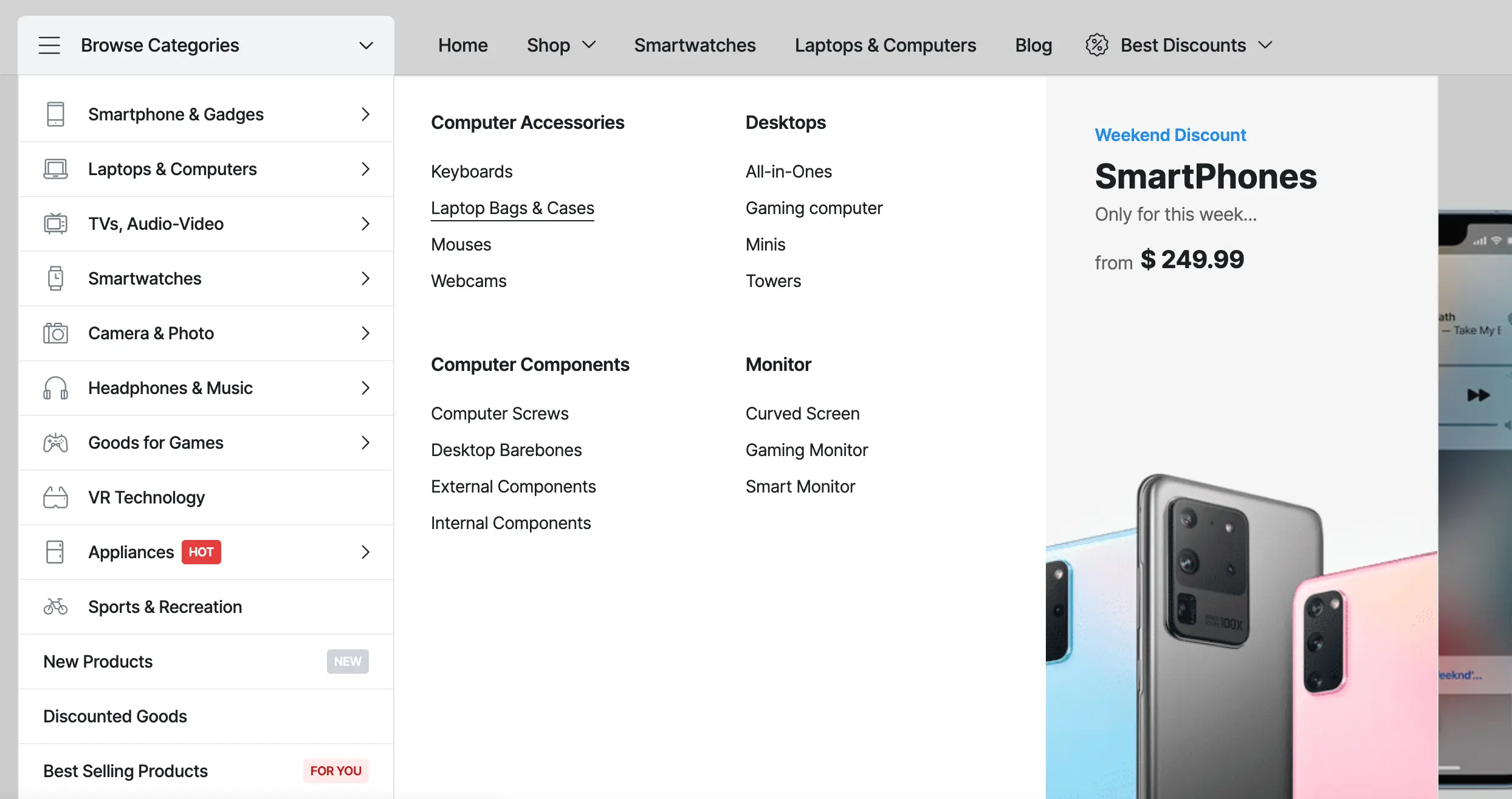The ROI of Enterprise Mobility Solutions: A Comprehensive Analysis
Have you recently employed Enterprise Mobility Solutions and are wondering how these can genuinely maximize your returns? If yes, it is high time to calculate the ROI or Return on Investment of Enterprise Mobility Solutions.
In the present dynamic business environment, it is crucial to stay agile and connected. This is where the role of Enterprise Mobility Solutions comes into play! These solutions help in transforming the way businesses operate. In this detailed blog post, we will inform you how you can calculate ROI, along with finding out vital metrics. So, let’s delve in:
What are Enterprise Mobility Solutions?
Enterprise Mobility Solutions encompass a diverse range of strategies, technologies, and policies that the organizations are involved in adopting. These are mainly employed for facilitating and managing the usage of mobile devices, apps, and networks in their business operations.
The designing of these solutions is done in an intelligent fashion, which facilitates improving communication, enhancing productivity, etc. It also enables smooth access to business-critical information from various mobile devices like tablets and smartphones.
The goal of Enterprise Mobility Solutions involves empowering customers, partners, and employees so that they can work efficiently, irrespective of their location.
Calculating ROI for Enterprise Mobility Solutions
Below are discussed the critical aspects for calculating the ROI or Return on Investment for Enterprise Mobile Solutions:
- Cost Analysis: Implementation and Maintenance
- Implementation Costs: It typically involves expenses related to acquiring and setting up the necessary software, hardware, and infrastructure for the mobility solution. Also, initial investments in development platforms, apps, mobile devices, and any associated subscriptions or licenses are a part of it.
- Maintenance Costs: It covers ongoing expenses for supporting and managing the mobility solution. So, it involves costs for technical support, software updates, security measures, and device management. In this regard, it is vital to consider any training or education required for effective employment of the mobility solution.
- Productivity Gains: Time Saved and Output Increased
- Time Saved: One should necessarily calculate the time saved by employees due to enhanced mobility. It could involve reducing commute time, enabling swifter access to information, and letting employees work during travel. You should make sure to quantify this in terms of hours saved on a per-employee basis.
- Output Increased: It is crucial to assess the impact on overall work output. You would be able to measure this by the completion of projects, tasks, or orders in a shorter time frame. It results in a boost in productivity.
- Improved Customer Interactions and Sales
- Customer Interactions: To calculate ROI, you should evaluate the impact of mobility solutions on customer interactions and engagement. It could typically incorporate certain metrics. Some of these include higher customer satisfaction scores, more tailored interactions, and improved response times to customer inquiries.
- Sales Impact: Another important thing involves evaluating the effect on sales figures. It could involve monitoring the number of sales closed, tracking the conversion rates of leads, etc. Along with that, it also includes accessing the average transaction value for mobile-initiated sales.
- Reduction in Operational Costs
- It is crucial to identify areas where there is a reduction in operational costs because of the implementation of mobility solutions. It could include savings in travel expenses, utilities, office space, and other overhead costs related to conventional office setups. Make sure to quantify these savings to determine the overall impact on operational efficiency.
By conducting a comprehensive analysis of these components, businesses can get a good know-how of the ROI for Enterprise Mobility Solutions. This information facilitates better decision-making about future investments. It also helps in optimizing the usage of mobility solutions within the organization.
Metrics and KPIs for Monitoring ROI
Now, let’s discuss the key metrics and KPIs that help in monitoring the ROI or Return on Investment of Enterprise Mobility Solutions:
- Key Performance Indicators (KPIs)
- User Adoption Rate: This metric involves quantification of the percentage of employees who have actively adopted and are employing the solutions.
- Mobile App Usage: It involves tracking the duration and frequency of usage for specific mobile apps. This data helps in getting an understanding of their popularity and effectiveness.
- Productivity Metrics: This KPI mainly involves evaluating any changes in productivity levels, which includes tasks finished per unit of time. It allows you to measure the effect of mobility solutions on work output.
- Customer Interaction Metrics: It is also important to track metrics associated with mobility solutions. These are conversion rates, engagement rates, response times, etc.
- Return on Investment (ROI) Calculation
- Costs vs. Benefits: It involves comparing the initial investment and ongoing maintenance costs of the mobility solution against the quantifiable benefits it offers. Some of these benefits include cost savings and a boost in revenue.
- Net Profit Margin Impact: It typically involves evaluating the impact of the mobility solution on the net profit margin of the organization. In this regard, there is consideration of both reduced costs and increased revenue.
- Payback Period: One should also determine the amount of time it takes for the ROI to cover the initial investment. For this, it is important to indicate when the solution begins generating a net positive return.
- Customer Satisfaction Scores (CSAT)
- For calculating CSAT, it is crucial to collect feedback from customers about their experiences with the mobility solutions. You can rely on feedback mechanisms or surveys to gauge their satisfaction levels.
- It is crucial to evaluate CSAT scores to comprehend how effectively the mobility solution caters to customers’ expectations. Also, it helps you to find out areas for improvement.
- Employee Engagement Metrics
- Usage Patterns: This specific metric involves monitoring how employees employ mobility solutions. Detecting patterns of high usage and areas that necessitate additional support or training is also a part of it.
- Feedback and Surveys: You should also focus on collecting input from employees about their experiences by employing surveys and feedback mechanisms.
All these KPIs and metrics help in getting an understanding of the effectiveness of their Enterprise Mobility Solutions.
Final Verdict
Thus, a comprehensive analysis of these critical metrics equips businesses with the in-depth knowledge required for making better decisions. It also helps drive efficiencies and eventually realizes the true potential of these solutions. However, the true return on your investment extends beyond financial gains. It results in improved productivity, connectivity, and utmost satisfaction of your employees and customers.
Related Articles
If you enjoyed reading this, then please explore our other articles below:
More Articles
If you enjoyed reading this, then please explore our other articles below:




















 2019-2025 ©
2019-2025 ©